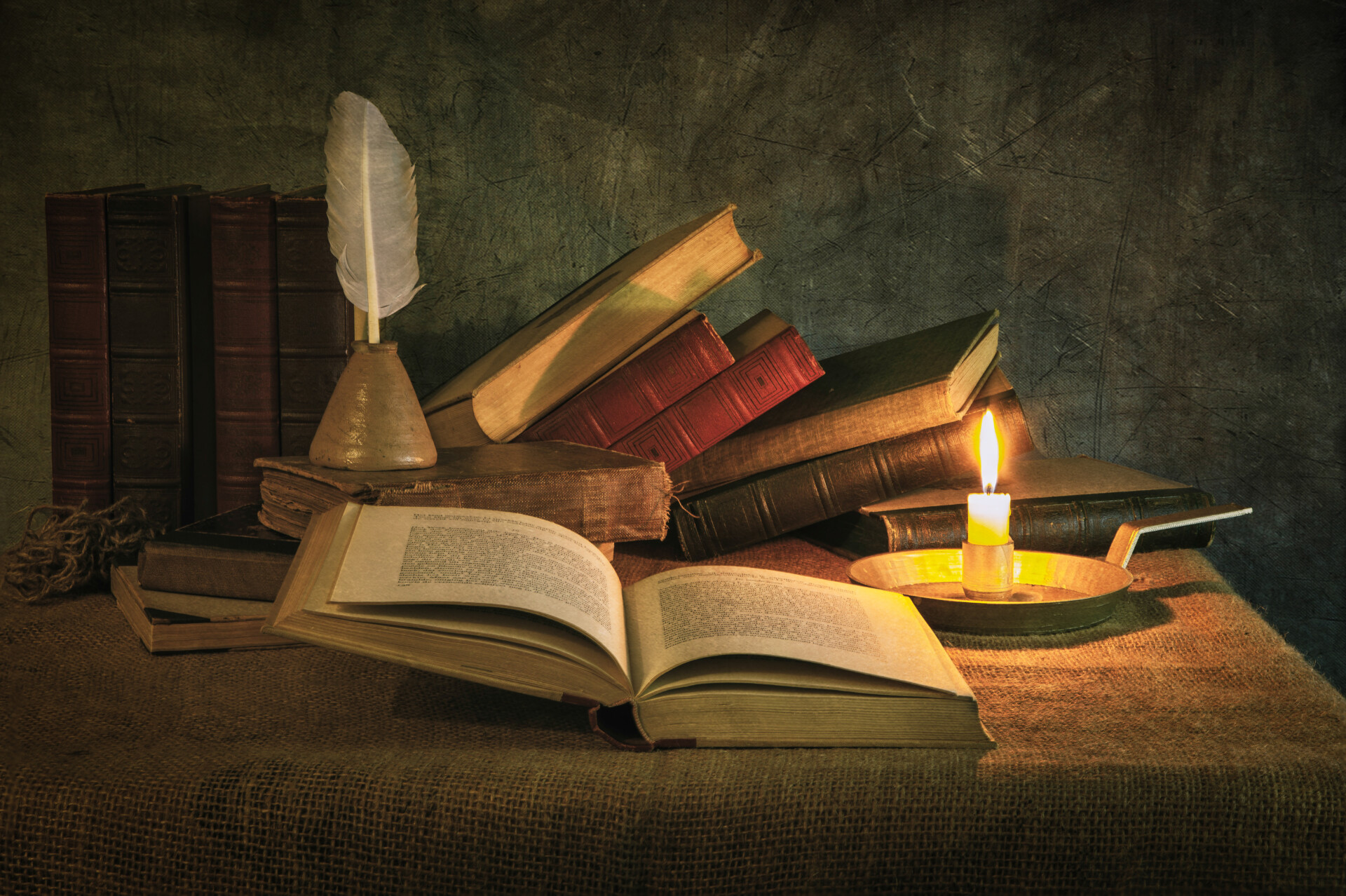Dear New Lines readers,
We hope the holiday season brings with it peace, joy and meaning. As has become tradition, we’re delighted to share with you the best books our staff read in this altogether-too-eventful year. These are books, backlist and frontlist, that were meaningful to us when we read them in 2024.
We wish you a wonderful winter break and a great start to the new year.
A Death In Malta
by Paul Caruana Galizia
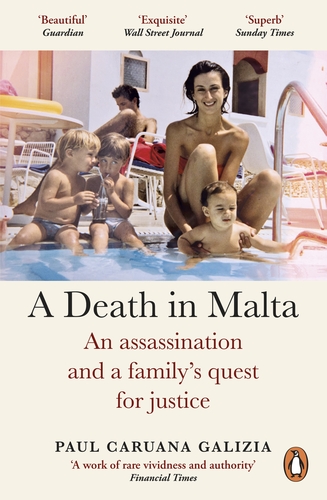
Finbar Anderson, Podcast Producer
One of the best parts of being a producer is getting to read your guests’ books and being able to call it “research.” “A Death in Malta” by Paul Caruana Galizia was one such book I read this year, documenting the life of Paul’s mother Daphne, Malta’s leading investigative journalist, who was assassinated in a car bomb in 2017, and the determined investigation by Paul and his brothers to find out what happened to her and bring her killers to justice. It reads like a whodunit but is told from the heartbreaking proximity of a son who has lost his mother. Read it, or listen to the interview with Paul on The Lede.
Things They Lost
by Okwiri Oduor
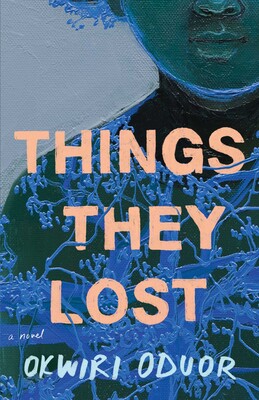
Erin Clare Brown, North Africa Editor
Sometimes, a book is like a little escape hatch out of this world and straight into another, and Okwiri Oduor’s stunning 2022 debut novel was exactly that for me this summer. The story follows a lonely 12-year-old girl living in Kenya’s Rift Valley trying to escape the beguiling pull of her unreliable mother, whom she alternately adores and loathes, and draws the reader through four generations of her family’s history — and that of the country as well — with poignant twists of magical realism and pointed observation. Oduor’s voice is so musical that reading her often felt like listening to a balladeer singing the story of poor Ayosa Ataraxis Brown, and I loved every minute of it.
The Foundation Pit
by Andrey Platonov
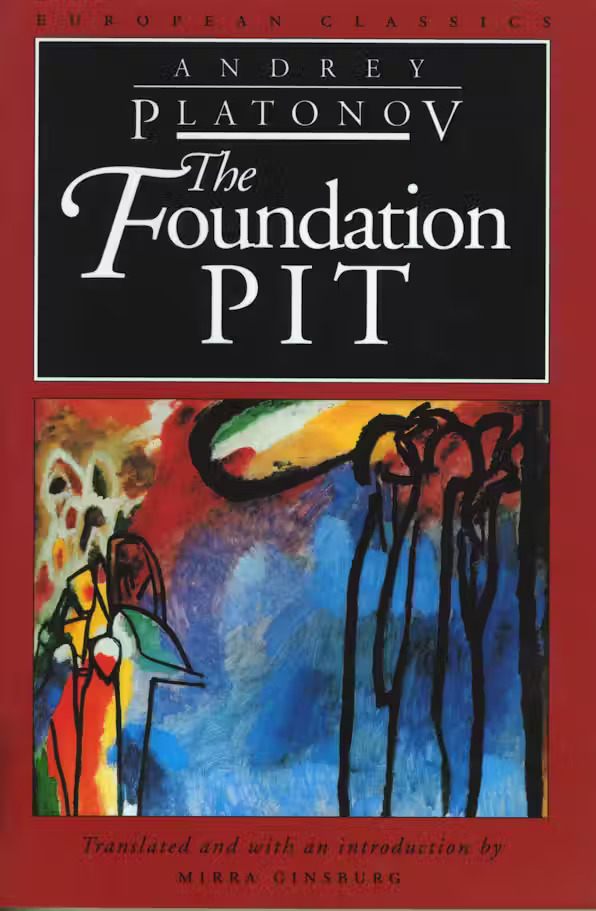
Santiago Ospina Celis, Editorial Fellow
One of the great tragedies of my life is not being able to read Russian. If a genie could grant me that wish, the first book I’d dive into would be Andrey Platonov’s “The Foundation Pit.” I read the English translation for a course I taught at New York University over the summer and it instantly became a personal favorite. This gem of a novel is set during Stalin’s collectivization of agriculture, a grim and often overlooked chapter in Soviet history that devastated the Soviet countryside. To put it in perspective, in just 1930 and 1931 alone, nearly 2 million kulaks (peasants who owned property and hired workers) and their families were deported, with about one-quarter of them dying during the brutal process of resettlement. But “The Foundation Pit” is not a straightforward, realistic depiction of these events. Reading it feels less like walking through a museum of atrocities and more like being dragged into the currents of someone else’s nightmare. The novel is absurdly funny and hauntingly surreal in the best way — never self-indulgent or lost in obscure personal dreams.
The plot follows a group of workers digging a massive pit intended as the foundation for a future communal building. By the end, the building remains unrealized; their labor has been futile, their hopes of building a better world in vain. Along the way, the book delivers one of the most devastating yet wickedly humorous portrayals of mass displacement in literature. The characters, too, are memorable. There’s a bear (yes, the animal) hired as a laborer, and Voshchev, the tragic antihero who spends much of his time searching for the meaning of life. Voshchev’s nihilistic outlook seems to echo that of Platonov himself, who knew tragedy all too well. His work was censored for years and his son was sent to a labor camp where he caught tuberculosis and died. This personal pain seeps into the novel, which is filled with lines as devastating as: “Man puts up a building — and falls apart himself. Who’ll be left to live then?”
We Are Your Soldiers: How Gamal Abdel Nasser Remade the Arab World
by Alex Rowell

Kareem Shaheen, Middle East and Newsletters Editor
If you were to pick the figure that had the greatest impact on Middle Eastern politics and culture, you’d be hard-pressed to find a more apt individual than Gamel Abdel Nasser, Egypt’s former president and the father of modern pan-Arabism. His legacy is as enduring as it is poorly understood, which is where my fellow New Lines editor Alex Rowell’s book comes in.
This book embodies the best of nonfiction traditions — it reads like a page-turner, every line bearing a morsel of fascinating history. It unfolds by tracing Nasser’s rise from an Egyptian soldier to his role in the 1952 coup that overthrew the monarchy, and his path to absolute power after ousting his former mentor Muhammad Naguib, Egypt’s first republican president. From there, Rowell studies how Nasser shaped burgeoning movements that brought to power military officers in his vein and transformed the politics of Syria, Iraq, Lebanon, Yemen, Jordan, Libya and, of course, Egypt itself. Through these stories, he shows how Nasser’s brutality, populism and miscalculations birthed the autocratic order of the modern Middle East.
The Drone Eats With Me: A Gaza Diary
by Atef Abu Saif
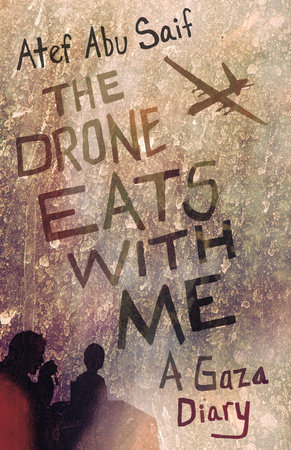
Christin El-Kholy, Online Editor
As the carnage in Gaza drags into another year and profound changes reverberate through the region, it can be easy to lose whatever sense of empathy we may have for those suffering under the ongoing atrocities. “The Drone Eats With Me: A Gaza Diary,” written during Israel’s 2014 invasion of Gaza by the Palestinian writer, teacher and former minister of culture for the Palestinian Authority, Atef Abu Saif, is a harrowing account of life under relentless siege. Through his vivid, day-to-day chronicles, Abu Saif personalizes the ceaseless specter of war, offering a necessary perspective on the civilian toll of Israeli bombardments. The diary entries, some of which were published in outlets like The New York Times before being compiled in book form, bring us into the suffocating omnipresence of drones, the desperation of a young father unable to ensure the safety of his own children and the chilling, nightmarish reality of the ongoing destruction. At the same time, the scenes of Abu Saif and his fellow Gazans participating in rituals like gathering over argileh and tea, observing birthdays and trying to keep up with emails, serve as reminders of the indomitable spirit of the Palestinian people. “Hope is what you have even at the worst of times,” he writes. “It is the only thing that can’t be stripped from you. The only part of you the drones or the F-16s or the tanks or the warships can’t reach.”
Following Fish
by Samanth Subramanian
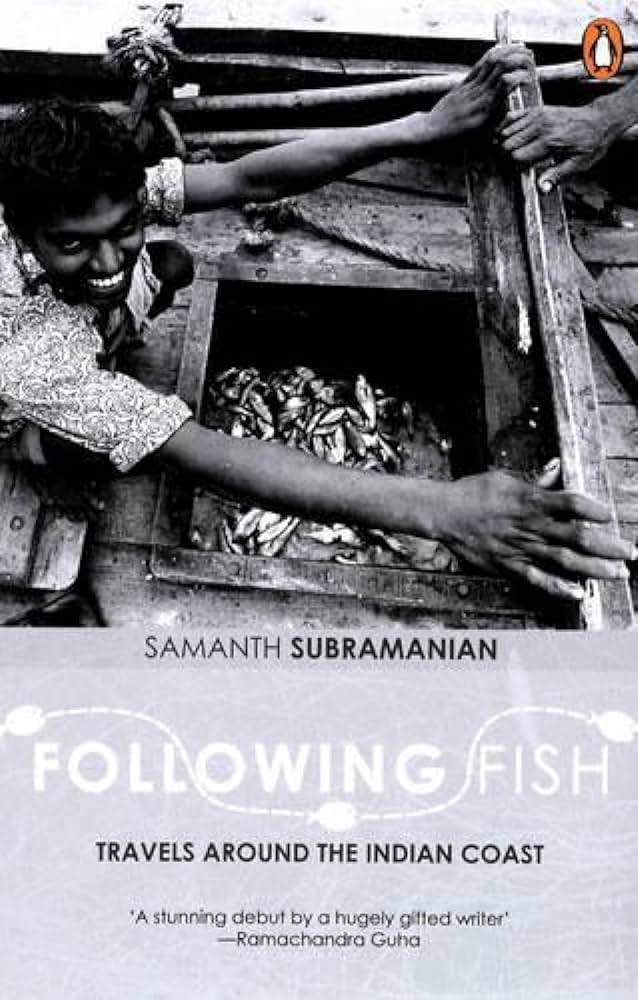
Surbhi Gupta, South Asia Editor
Growing up in a landlocked city such as Delhi, I had little idea about diverse seafood and coastal cultures in India until I read the Indian writer Samanth Subramanian’s “Following Fish” earlier this year. Samanth traveled along the vast coastline of the country that covers the Bay of Bengal on the east, the Indian Ocean in the south and the Arabian Sea in the west. He not only explores the food but also looks at how religion, sports, history and commerce have intersected with fishing in these regions. He writes about the fish markets of Kolkata and the intense rivalry between the Indian state of West Bengal and Bangladesh over the celebrated hilsa fish. In Tamil Nadu, he visits an old Catholic fishing community and explores how the loss of a fisherman’s earlobe in the 16th century led the Parava folk to convert to Christianity. Somewhere between Mumbai and Goa, he hears epic accounts of fishers’ attempts to catch sailfish (among the fastest fish in the sea), which is a popular sport among locals. He visits toddy shops in Kerala, comes across a “cure” for asthma in Hyderabad which involves swallowing a live fish and learns about the ancient art of building fishing boats in Gujarat. Written over a decade ago, it feels like the book hasn’t aged a day and could serve as a travel guide for generations to come.
Where the Girls Are: Growing Up Female With the Mass Media
by Susan J. Douglas
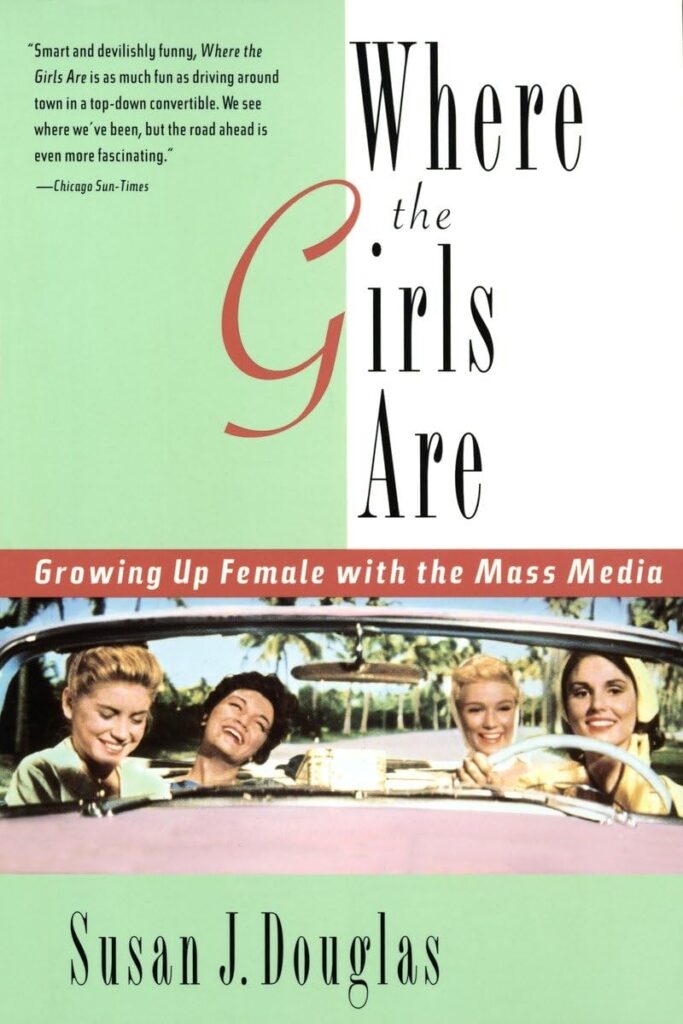
Alec D’Angelo, National Investigative Reporter
I am a big fan of media analysis, media criticism or otherwise reflecting on the messages we send and receive through mass media. Douglas offers an in-depth reflection on the images of American women she grew up seeing and what they meant for her politically. Of particular interest to me was how news outlets covered feminist movements in the 1970s and ‘80s. Douglas’ deconstruction of nightly news reporting over the past several decades offers a unique insight into how American news reports on protest movements. Her discussion of the role advertising played in paradoxically dispensing ideals of womanhood while unwittingly subverting previous expectations leads to one of my favorite quotes from the book:
“Thus beginning in the mid-1970s, working mothers became the most important thing you can become in the United States: a market.”
Psychedelic Mysteries of the Feminine: Creativity, Ecstasy and Healing
Edited by Maria Papaspyrou, Chiara Baldini and David Luke
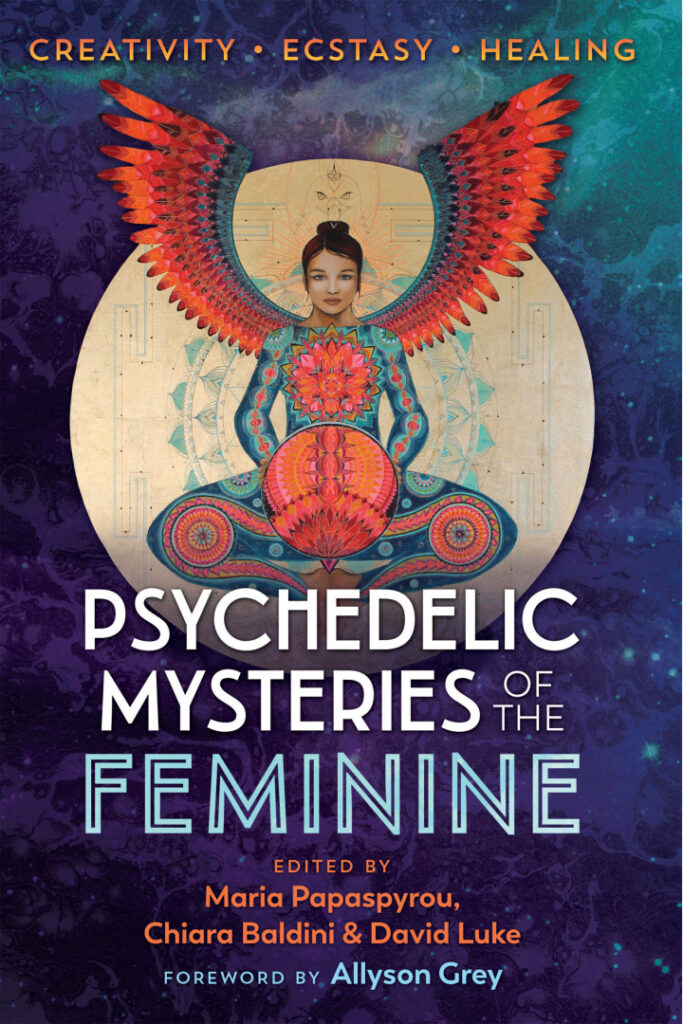
Rasha Elass, Editorial Director
As we continue to witness what is now dubbed the psychedelic renaissance — or revolution — therapeutic use of psychedelics and its decriminalization are moving into the mainstream. But with that comes also the move by profiteers and Big Pharma, who are fast angling to carve out a space for themselves. So what does this mean for the “revolution”?
The “Psychedelic Mysteries” anthology offers an engaging array of essays and topics that include the feminine archetypes encountered during altered states of consciousness, the war on “femtheogenic” consciousness and the ancient role of women in religious rites and shamanism, long overlooked by Western researchers. It’s a must-read for anyone interested in this space and anyone looking to learn about the history and complexity of human consciousness, especially the parts that have been overlooked and erased from our everyday discourse.
The Impossible Revolution
by Yassin al-Haj Saleh
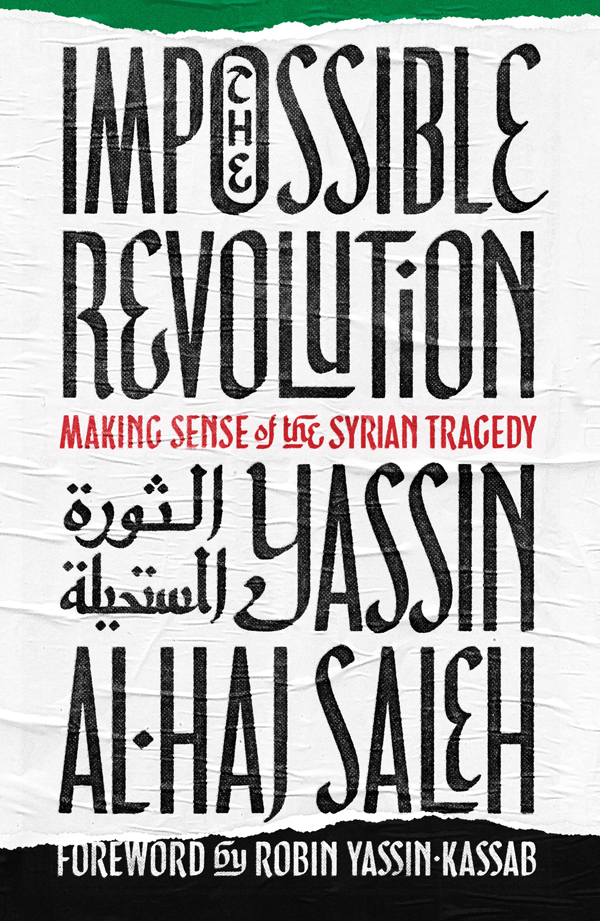
Danny Postel, Politics Editor
It might seem odd to suggest that a book about Syria titled “The Impossible Revolution” could speak to this moment, given what has just happened in that country. The revolution that began in 2011 seemed to have been thwarted, crushed, defeated — then, all of a sudden, the Assad regime was gone, in a matter of days. But this book by Yassin al-Haj Saleh — one of the leading intellectual voices of the Syrian struggle and a political prisoner who spent 16 years in the regime’s dungeons (and a frequent contributor to these pages) — is an absolutely essential guide to understanding these momentous developments and the conditions that gave rise to the revolutionary process in the first place.
The chapters “The Shabiha and their State” and “The Roots of Syrian Fascism” offer a piercing diagnosis of the nature of Assadism, not only as a regime but as an ideology — and a lived social psychology — that subjugated Syrians for decades. The book also examines the divergent paths within the Syrian revolution and offers critical reflections on what al-Haj Saleh terms the “militant nihilism” of its Salafist-jihadist factions. This part of the book makes for especially poignant reading now, given the role of Hayat Tahrir al-Sham in the current configuration and as the post-Assad future takes shape.
There have been many books written about the Syrian revolution, but “The Impossible Revolution” (the only one of al-Haj Saleh’s nine books available in English translation) is unique as a work of political theory, written by one of Syria’s leading thinkers, who was theorizing the revolution as it happened, on the move — running from one part of Syria to another and eventually fleeing into exile (a perilous journey chronicled in the 2014 documentary film “Our Terrible Country,” directed by Ziad Homsi and Mohammad Ali Atassi). Yassin al-Haj Saleh will be one of the key voices to follow as postrevolutionary Syria takes shape. I’m already looking forward to the sequel.
Trapped in History: Kenya, Mau Mau and Me
by Nicholas Rankin
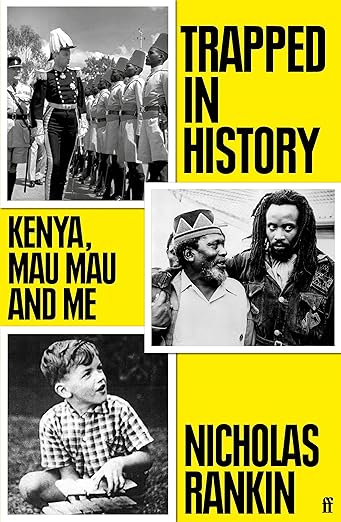
Amie Ferris-Rotman, Global News Editor
When I am not editing, I read to escape the news and its ever-darkening clouds, finding refuge in historical fiction and on the pages of uplifting tales by women who overcome the odds. So I surprised myself when I not only delved into this account of a particularly violent chapter in British colonial history but also raced through it, totally captivated.
Written by the former BBC journalist Nicholas Rankin, the book chronicles his childhood in Kenya as a naive English schoolboy. He arrived in the country as a 3-year-old in 1954, in the middle of the Kenya Emergency when Mau Mau guerrillas took up arms in opposition to British rule, unleashing a wave of terror against white colonizers and African loyalists, or those suspected of being so. The heavy-handed response by London — a war in all but name — was one of the British Army’s bloodiest postwar conflicts: Up to a million Kenyans were detained in a network of camps, villages and other outposts in a systematic assault on the Kikuyu people, who suffered forced labor, rape and widespread torture. The way the British dealt with the rebellion largely paved the way for Kenyan independence, granted in 1963, less than a decade after Rankin and his family arrived.
Rankin begins by comparing his book to the “bundu-bashing” he did as a schoolboy, trudging through uncultivated bush. “I am at it again, but in another mode, hacking my own path through the historical undergrowth of colonial Kenya. I have avoided it for a lifetime, but no longer. It’s time to poke the puff adder.”
The violence Rankin witnessed and absorbed, and the meticulously researched history he now examines from his present-day perch, carry you along, accompanied by a creeping dread that becomes more ominous the deeper you plunge. What results is the perfect journalist’s memoir, an intertwining of one’s personal story with a specific moment in history — what most journalists aspire to create at one point in their career but only some manage to pull off.
Whisky Island: A Portrait of Islay and Its Whiskies
by Andrew Jefford
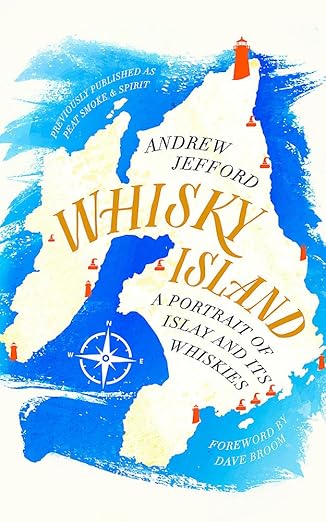
Alex Rowell, Senior Editor
It’s a rare thing for prose to rise to the level of poetry, especially in a book of nonfiction, but that is what Andrew Jefford achieves in “Whisky Island: A Portrait of Islay and Its Whiskies.” Reading this expert guide to the Scottish island and its world-famous malts before my reporting trip there in the summer, I knew I would find a learned exposition of the relevant historical, topographical, socioeconomic and scientific facts. I did not know I would also find a work of high literature, a lyrical panegyric of the first rank, in which the island’s seals “lounge and lollop” and “sprawl and loaf on the skerries,” the “cloud-strewn sky” is “a great causeway of dappled white, grey and pewter” and a gusty rainstorm in a Port Charlotte cottage is like a “madman … hurling rice at the window panes.” Walking along the island’s spectacular southern coastline on a crystalline June morning, how could I not recall Jefford’s description of this “masterpiece in which evolutionary chaos, geological history or an omnipotent creator have brought together every felicity of landscape in the repertoire”? Noting the steep, rain-soaked hills that pour a natural water supply down to “the three grand distilleries” of Laphroaig, Lagavulin and Ardbeg on this same stretch of shore, he writes, “these are the three distilleries above all their peers which had to exist. The landscape demanded it. If you are going to distil great malt whisky anywhere on the planet, this is the place.” Of the prized Laphroaig itself, he says, “No other whisky on the island combines the savoury warmth of a true peat fire with the thrown salt of a wild sea.” The pages of this book, too, seem themselves to exude a smoky, saline incense, and — like Islay’s “water of life” — are warming, cheering and more than a little intoxicating.
Foster
by Claire Keegan

Lisa Goldman, Europe Editor
I discovered Claire Keegan in 2022 via an exquisite short story she wrote for The New Yorker called “So Late in the Day,” set in Dublin. Later, in a podcast interview, Keegan explained that she had written it to show that it was possible to build suspense without a plot. In that plot-free short story, she tells the story of a relationship — how it began and why it ended — and, along the way, she provides the most gorgeous insights into primordial aspects of life: how a person’s character is formed by childhood experience, how materialism detracts from joy, the toxic effect of misogyny on both the woman and the man. When you see her use of language to draw pen portraits of people and places, I think you’ll understand why she is one of the most acclaimed authors writing in English today.
Here’s a little taste of that story:
At some point, Sabine began spending most of her weekends in Arklow, and they started going to the farmers’ market together on Saturday mornings. She didn’t seem to mind the expense and bought freely: loaves of sourdough bread, organic fruits and vegetables, plaice and sole and mussels off the fish van, which came up from Kilmore Quay. Once, he’d seen her pay three euros for an ordinary-looking head of cabbage. In August, she went out along the back roads with the colander, picking blackberries off the hedges. Then, in September, a local farmer told her that she could gather the wild mushrooms from his fields. She made blackberry jam, mushroom soup. Almost everything she brought home she cooked with apparent light-handedness and ease, with what Cathal took to be love.
Once I’d consumed my gateway drug to Claire Keegan in the form of that short story, I read the book I’m here to recommend: “Foster.” At 88 pages, it’s a novella — one that you’ll almost certainly read in one gulp, as I did.
In 1980s rural Ireland, a young girl is sent to live with relatives — an older, childless couple consisting of a kind woman and a taciturn man — for the summer. The reason: to take some of the burden off her mother, who is struggling to keep the family farm going while her ne’er-do-well husband spends his money on gambling and drinking. With her extraordinary gift for revealing character and creating atmosphere via meticulous prose that channels spare sentences to create rich images, Keegan lifts the story far beyond what might sound like a cliche. Narrated in the first person by the protagonist, the young girl who has been sent to live with the older relatives, “Foster” is a transporting and transformative experience. It’s the kind of story that makes you feel as though you can smell the hay in the fields, taste the freshly baked rhubarb pie, feel the warmth of a hug and truly understand the effect of loving kindness. Once you’ve finished reading, you might want to watch the dramatization, which was released in 2023 with the title “The Quiet Girl.” An Irish production, it is almost entirely in Gaelic (Irish) with English subtitles. The performances are a wonder and the film stayed with me a long time.
In This Sign
by Joanne Greenberg
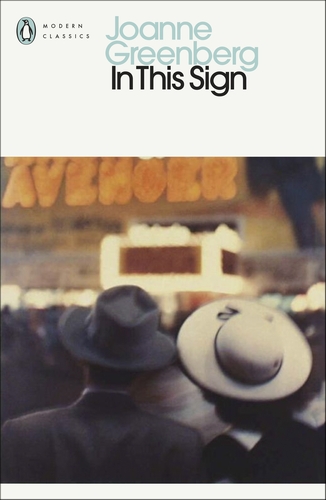
Lydia Wilson, Culture Editor
My standout discovery this year was Joanne Greenberg’s novel, “In This Sign,” recently reissued by Penguin Modern Classics. I knew Greenberg, as many do, by her groundbreaking novel “I Never Promised You a Rose Garden,” a semi-autobiographical work originally written under a pseudonym, tracking the experiences of a young girl undergoing treatment for schizophrenia, published in 1964. “In This Sign” does a similar job of getting to the very heart of another community that has often been misunderstood, especially in 1970, when it was published: the deaf. It tracks the lives of Abel and Janice, who meet at a school for the deaf and elope to New York, where they struggle to survive. They have hearing children, who grow up first expressing themselves only in sign, learning to speak, read and write far later. It is a valuable insight into very different (and difficult) lives but the novel contains far more than this. It is also about language, expression and communication. The slipperiness of spoken language, with all the double meanings and rhetorical devices developed over time, are shown to be barriers to understanding, unlike the “truer” signs that “don’t lie.” A humbling lesson for a writer and a beautiful portrayal of humanity.
Autocracy, Inc.
by Anne Applebaum
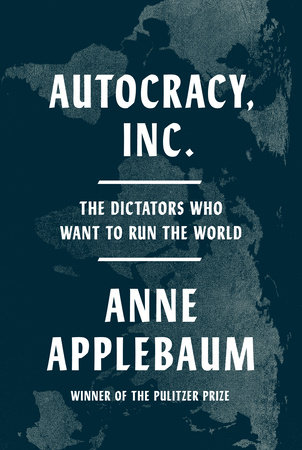
Faisal Al Yafai, International Editor
I read Applebaum’s book in the midst of two great wars that have upended — future historians might say destroyed — the idea of a rules-based global system; the invasion of Ukraine and the war in Gaza. Applebaum’s book isn’t about either of those two wars, but about autocracy, writ large, its structures, its uses — and its surprising spread around the world.
By her account, fully one-third of the global population lives under autocratic regimes, even if only three countries are counted: China, India and Russia. She describes in meticulous detail how these countries, and others, cooperate at times and compete at others, but always seeking to enhance their power.
But the wider question Applebaum’s book grapples with is how, after the widespread spread of democracies in the postwar era, liberal democracy has fallen so far out of fashion. By some measures, the number of liberal democratic countries is lower now than at any time during the 21st century. In fact, you have to go back to the early 1990s to find a lower figure.
The question is why. And while Applebaum doesn’t directly offer an answer linked to these two great wars, it isn’t hard to see the demonstration effect of the outcome of these wars waged by allies of the leading liberal democracies: In one, they are on the losing side, in the other, they are supporting a conflict so brutal, the word “war” isn’t strong enough as a descriptor.
Become a member today to receive access to all our paywalled essays and the best of New Lines delivered to your inbox through our newsletters.



